As a pre-teen and teen girl growing up in suburban New York, the fast paced world of fashion was so close that I could taste it. I dreamed of the day when I was old enough to work in fashion and live in New York City. From a very young age I could picture myself catching a yellow cab with a newly purchased designer handbag dangling from my arm. And, as silly as it sounds, I often feel like I was born to do what I do now.
Aside from a couple of distant relatives that I only saw once or twice a year who carried Chanel, Gucci and Louis Vuitton, I didn’t grow up around designer goods. I’m not even sure how I knew what a Dior bag was in 6th grade or why I knew that I would one day own a Louis Vuitton Speedy bag, but as a kid I never felt like designer clothes and accessories were outside of my reach.
My parents worked very hard to give me a wonderful, secure childhood, but I didn’t grow up extremely wealthy. For the most part, I worked hard for everything I wanted, and though I knew that the purses I yearned for were pricey and would take hours of work at my summer camp job, plus many additional nights babysitting, I never felt that they were out of my reach.
I used to dream of the day I’d be able to own a classic Chanel Flap Bag, but the current cost of $5,600 is more than triple the price of my (already extremely expensive) NYC rent. I could possibly justify the price of the Camera Bag, which would be even more doable if I were to purchase it pre-owned, but I can’t help but feel that fashion has become more and more unattainable as the years go on.
Sure, luxury fashion isn’t meant to cater to the masses, and that’s part of the appeal, but something about these astronomical increases disappoints me. It saddens me to think that to the young girl growing up the way I did, the fashion world is just a pipe dream, reserved for trust fund babies, influencers and A-list celebs. Why does it feel like fashion is becoming so out of reach? It’s interesting that this financial perspective comes at a time when fashion is more gender inclusive and fluid than ever before. It’s become more accessible in some ways, and untouchable in others.
Why does it feel like fashion is becoming so out of reach? It’s interesting that this financial perspective comes at a time when fashion is more gender inclusive and fluid than ever before. It’s become more accessible in some ways, and untouchable in others.
I wanted to dig into this theory a bit further and see if there were numbers to back it up. Sure enough, the numbers don’t lie.
Fashion is becoming more and more unattainable as the years go on.
Back in 2005 I was a sophomore in high school, and at 15 years old I devoured every ounce of fashion culture I could get my hands on. Back then a Medium Chanel Flap Bag would set you back $1,650. At the same time, according to the Census ACS survey, the median monthly household income in the US was $3,858.
For one months pay in 2005, you could theoretically purchase 2 Chanel Flap Bags. Not bad, right?
Today, that’s no longer the case. Data from last year won’t be published until September of this year, so we’ll use data from the 2017 Census ACS survey to compare.
In 2017, the median monthly household income in the US was $5,028, while the cost of a Medium Chanel Flap Bag was $5,300. Even with no other expenses taken into account, one months pay wouldn’t even get you one Chanel Flap Bag.
So where does it end? Will fashion companies continue to make it so that their products are more and more out of reach? We’ve heard of a ‘glass ceiling’ as a negative connotation but should there be a glass ceiling when it comes to the pricing structure of luxury fashion?

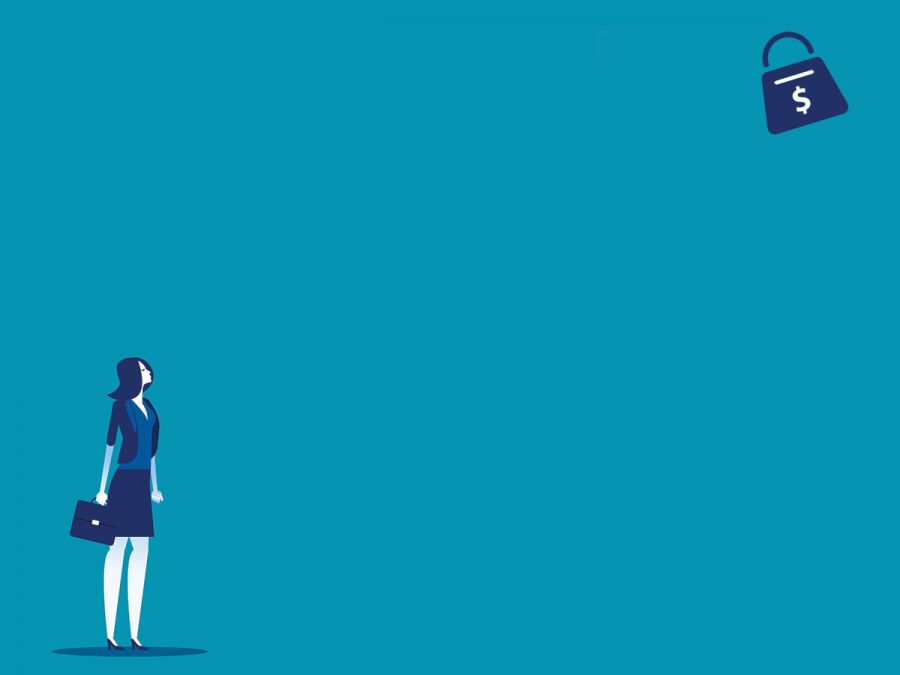
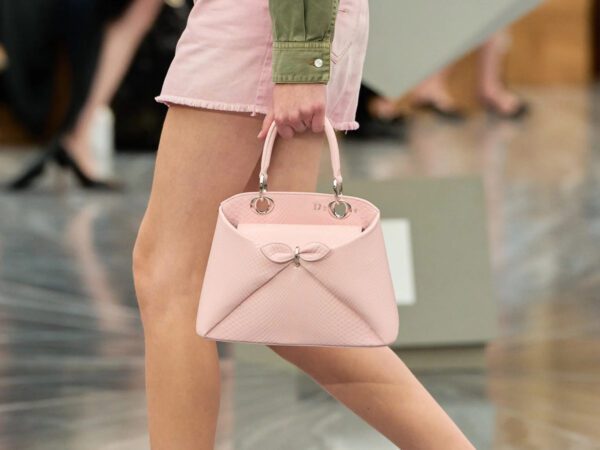
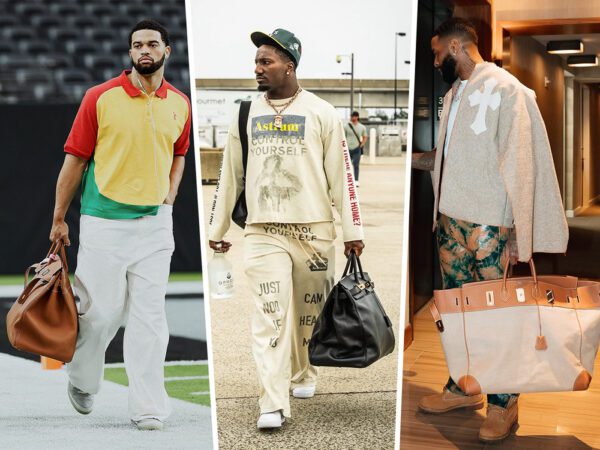
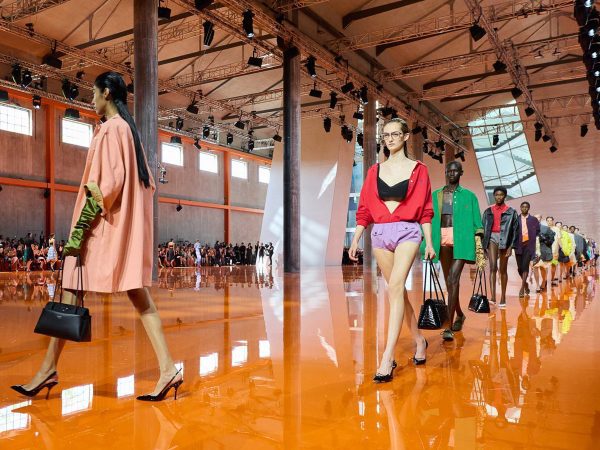
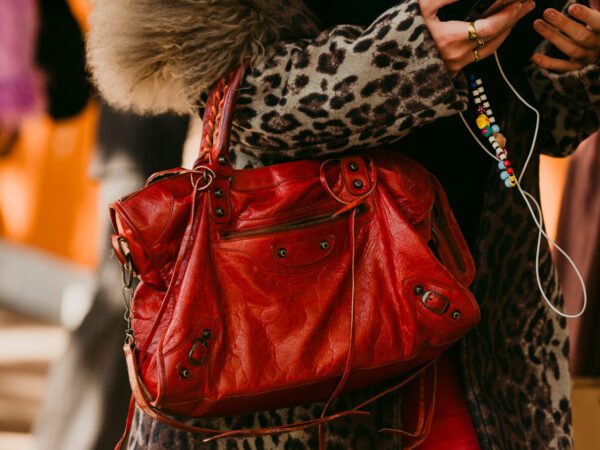
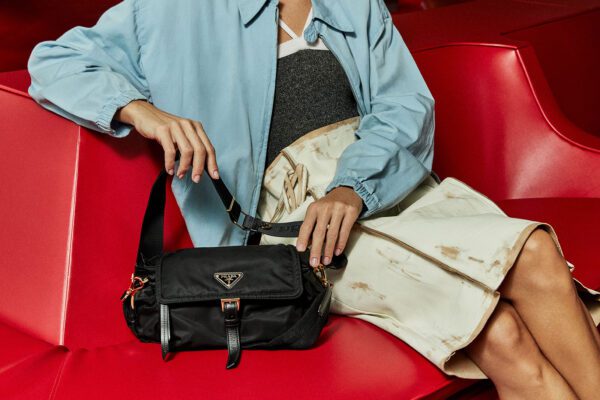
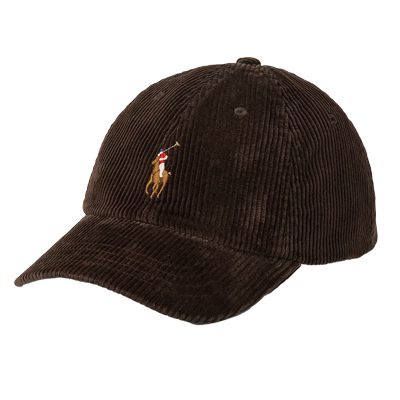
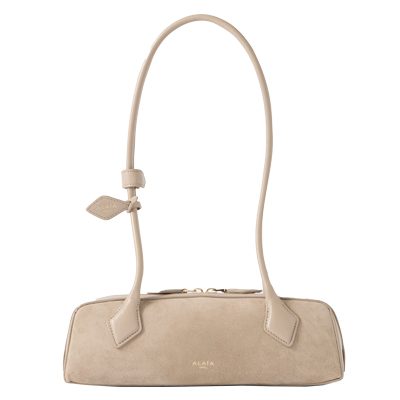
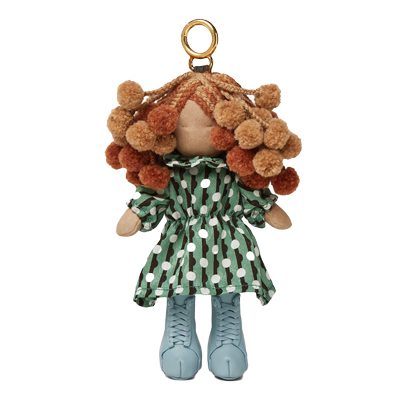
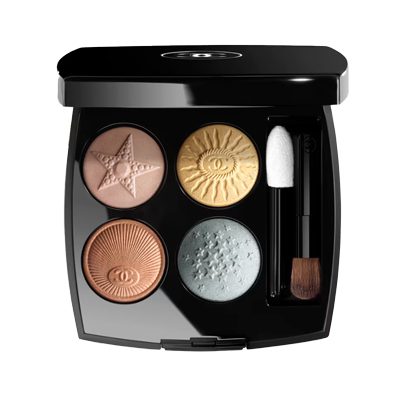
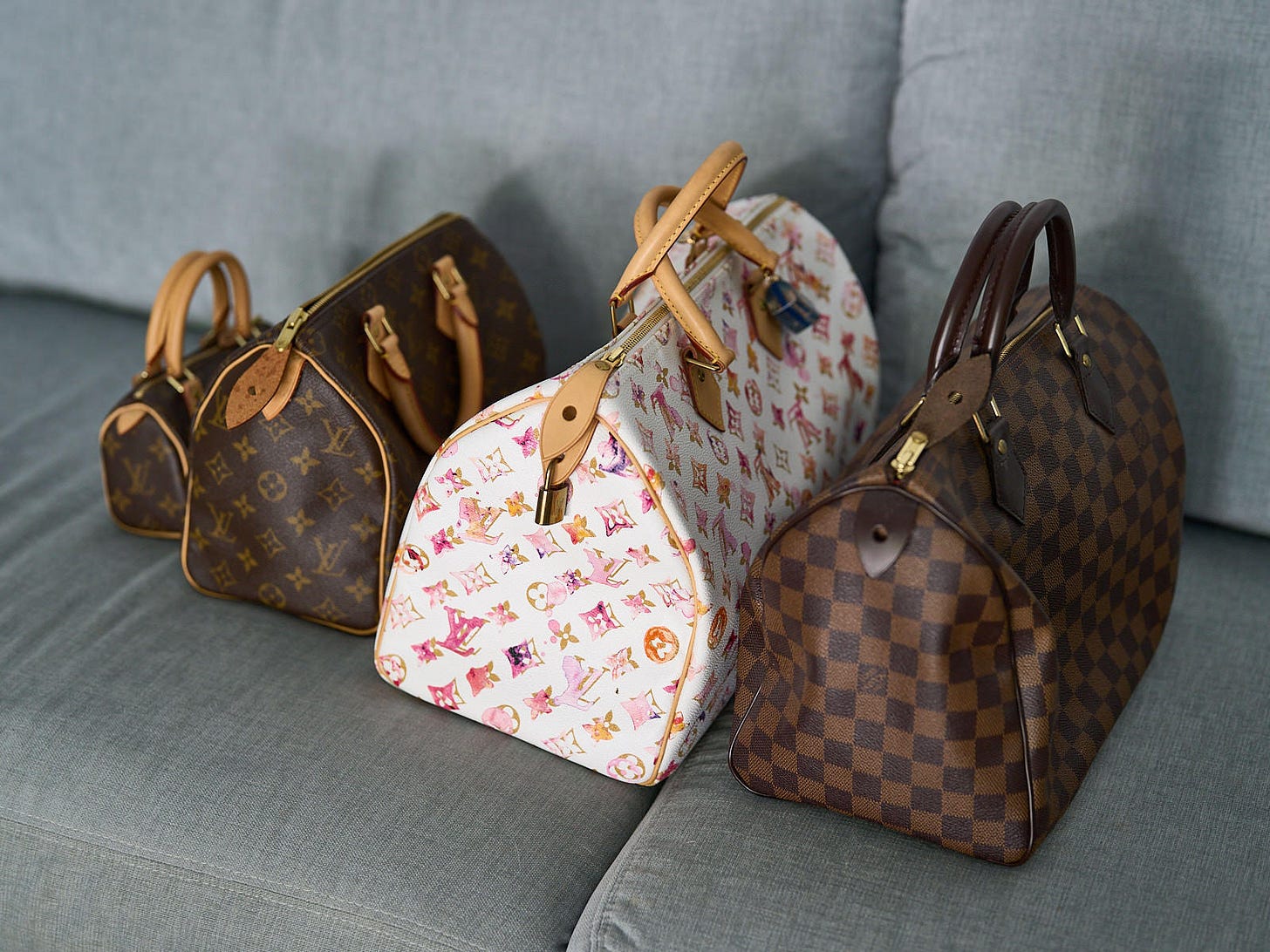

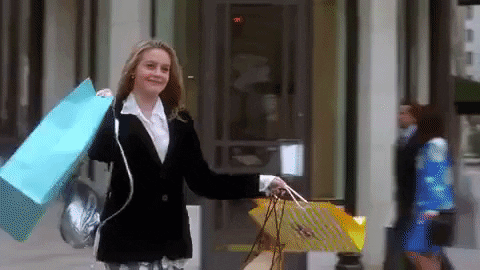
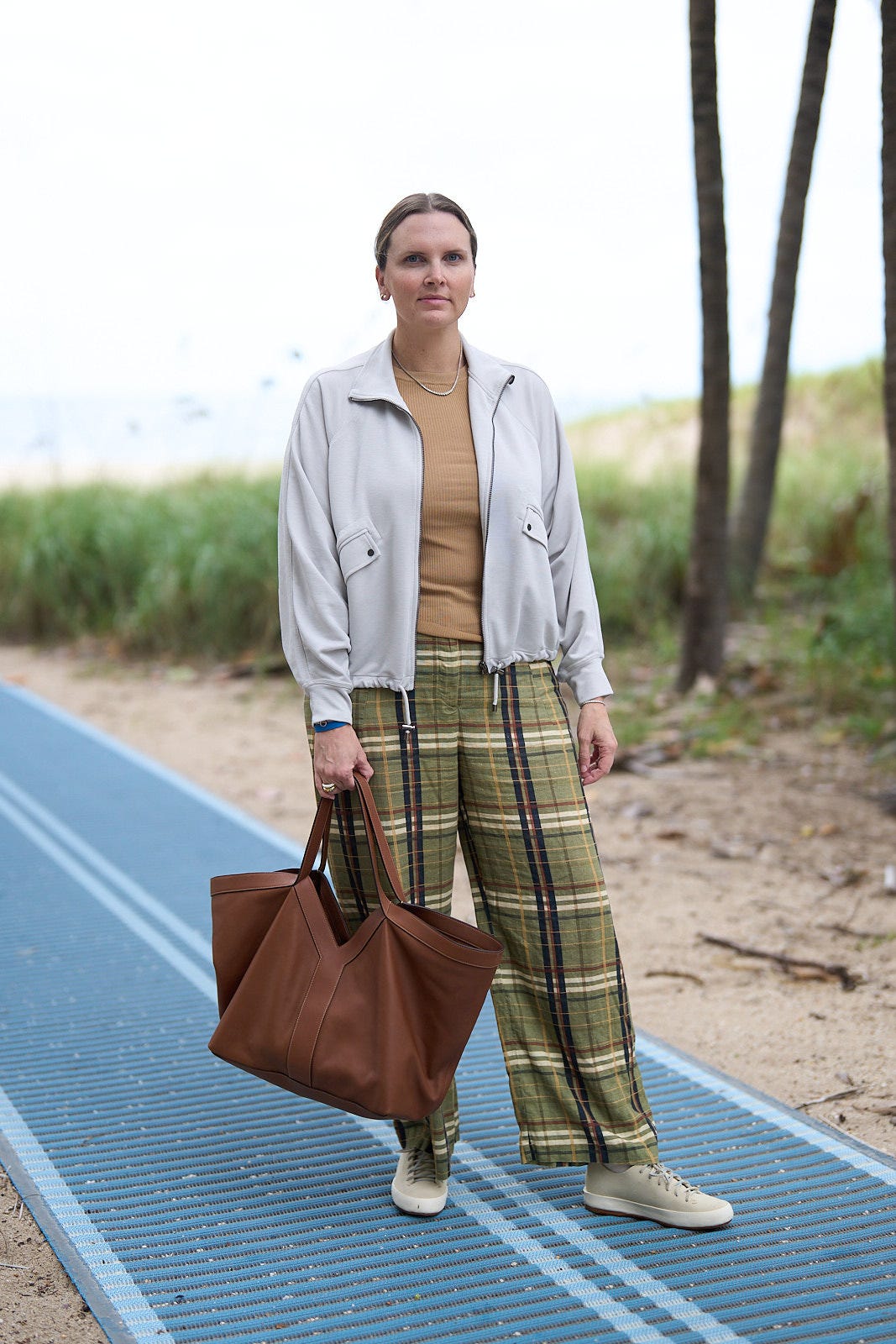
The economy isn’t doing as great as they’re making it out to be, at least for the lower, middle and upper middle class. The rich hold more of the wealthy and are the ones who desire the unattainable. In order to do so, the Designer Houses made it almost unattainable to those who used to be able to attain it to appease those who can buy 1000 of them in one visit.
Oh definitely! Bags have become more expensive as the years have gone by. Around 2005, I was able to buy LV, Bottega Veneta, Gucci and YSL for less than $1000. By the early 2010s, those brands started to pull out of my range so I turned to Marc by Marc Jacobs. Nowadays, most of my purchases have been from the 2nd hand market.
Interesting article. This is one of a better ones.
As long as the luxury business build its reputation on being “super extra” and not necessity, there’ll always be ways to single someone out and make it unattainable to some groups of people. JMHO.
Unfortunately, I don’t believe that there will ever be a “glass ceiling” for designer handbags. Based on the fact that the prices increases are often and dramatic it forces me to be more selective in my buying choices.
However, I disagree re: that “the fashion world is just a pipe dream, reserved for trust fund babies, influencers and A-list celebs”. There are plenty of people who earned their $ the old fashioned way, by working for it, and can buy whatever they want and don’t fit into this category. Also, the term “influencers” is so ridiculous. These are just people that post on whatever site they want, gain followers, (however, it’s better to be a leader) and then get $ based on the # of ppl that follow them and/or buy what they are promoting. I feel that both “celebrities” and “influencers” either get their bags for free or they are loaners, but don’t necessarily purchase everything they carry.
I don’t think fashion is what is becoming more expensive. In fact, one can be very fashionable and wear affordable clothes and accessories thanks to fast-fashion brands (of course, one has to be okay with the dramatic environmental impact of the fast-fashion industry). “Luxury” items on the other hand, are more and more expensive. And that’s due, in part, to the growing demand in countries like China, where the number of people who can afford a luxury bag has grown tremendously over the past two decades.
I would argue that if a Chanel bag cost $200, it wouldn’t be as desirable as it is today. Price is definitely part of the marketing strategy as it does not necessarily represent the tangible value of what we buy. Brands try to achieve a difficult balance: the price needs to be high enough to signal exclusivity while it needs to be affordable enough to guarantee that people will actually purchase the item (so the company can turn a profit!).
When I walk into a Hermes store and purchase a $1000 pair of shoes, I know damn well that this exact pair would cost maybe $150 if it was sold by a no-name brand. I’m okay with that: part of what I pay for is the “aura” of Hermès, the privilege to shop on Rodeo Drive (or any other prime retail location), the service provided by the staff, and the concept that buying Hermes shoes allows me to “share in” the mythology of the house. Yes, I am buying what is, most likely, a quality item, but most importantly, I am also buying a concept, something abstract, a feeling, an emotion, a moment… and I am consciously letting myself enjoy that!
In any case, the higher prices are actually really great for me: it forces me to be more thoughtful about my buying habits. When I was younger, I felt the need to buy a luxury item all the time: it was almost compulsive. Nowadays, it’s quite the contrary. I have much more control and I value pieces that I can wear and enjoy for years to come.
This is a wonderful and fascinating response. I’m not typically a luxury shopper, and i’ve never really understood the mentality. I’ve often wondered about the very points you bring up, like, whether luxury shoppers know the same shoes would be a fraction of the cost from a no-name brand. I also find this statement interesting, “I am buying what is, most likely, a quality item”. I love that you in no way try to justify your purchases with concrete attributes, and that you’re fully aware that you’re buying into an abstract mystique and experience.
What I would love to know, as a new designer, is how to create a similar aura around a new brand. One can’t instantly become a legacy luxury brand. So, if you buy expensive contemporary bags, shoes, etc., what do you look for in that experience?
EXACTLY! <3
I find this so interesting considering I was reading a thread on a FB group last night about the resellers lowballing people on their bags suddenly. They were saying that in some cases bags that were originally estimated at $1600 (Chanel) a few months ago were revised to $1000 now. My point is, if the resale market is not doing as well as it once was (which was the theory of the posters) yet the retail market for new luxury bags is getting more and more expensive each year, then where is everyone getting their bags from? Are bag sales just down in general? Who is tracking sales and how are they doing in both markets?
I have to agree with other posters, that now that prices are so high, I am also much more selective than I have ever been. I previously would buy on impulse if I saw a bag I liked in a store. But now I really study the bags, colors, sizes, and brands before doing a purchase. I also look at the resale value even though I no longer sell my bags. I can afford a Birkin, which I am patiently waiting for, so even with the ability to purchase bags at that cost, I refuse to waste my hard earned money on something that is not of value to me and not at the very highest of quality. I’ll happily do one Birkin and zero of all other brands across a few years as I feel that is the best value for me.
we just have to buy more selectively. having to save up longer for that chanel makes it even more special. it’s the journey that counts.
btw the graphic artwork for this article is well done and sort of funny!
This is one of my favorite articles of late. It has already sparked some real thoughts within myself as to the lust of these items. I’m not quite sure where I stand on the issue today but know I’ll be thinking over these details for days to come.
Kudos!
I think there is a limit to what these brands can push. If they go too far, their customers will realize they can get similar quality for a better price with other brands.
I wonder if there is data on the number of returns. With a $6,000 price point, I’m sure many new customers expect perfection. And the truth of the matter is, the physicality of the bag is not actually worth $6,000, and when customers realize that by seeing some miniscule imperfection, I think it hits them very hard.
Anyone who spends four digits on a purse is a fool. Including me.
Dear, Brie. You’re not a fool. Yes, for average Jane it’s absurd sum to spend so much on a purse. But for you it’s more than just a purse, it fills your soul. Yesterday I read a quote “All goods worth price charged”
You rang?:)
You had me in the first half and then I was like, “She gets it”.
A couple of things for me….
1- Good design is good design. That’s something much more durable than fashion or even luxury. If a design is truly good, it will work for human beings in a variety of materials and at a a variety of price points. It’s worth developing the taste to understand good design. It’s something anyone can afford and be proud of having and also for me, a good principle for where my own money goes.
2- The luxury status market is probably not that interested in the money or patronage of the upwardly mobile middle and upper class western woman. i.e. me, anymore (if they ever were.) It’s all about what the prices the market will bear in the world of Russian/ Asian/ Middle Eastern/Hollywood mega wealthy. When handbags start to creep past $5000 to $10,000 the luxury houses seem to more interested in being the ubiquitous accessories of the mistresses of Russian oligarchs and the K-Klan.
I’m in no way putting down all of us who have worked and achieved and saved to by a luxury bag. Unfortunately, as these prices go way beyond any objective value these items have, it’s making a regular person who wants to enjoy one of these pleasures, look ridiculous.
Great post. I think there will be a bit of a bubble in terms of luxury handbags in the next few years, but it will bounce back.
Mostly I’m kicking myself for not buying in 2005, or even 2010! Now, even though I can technically afford it, and I like the bag, I just cannot justify buying a Chanel flap now. I’d rather have the money in the bank, or jewelry. For bags I tend to stick to the under $2k range, or vintage.
Fashion is attainable at all price points from Wal-mart to Hermes. Luxury fashion is what is not easily attainable. Or, for some it is. Most of my luxury items have come secondhand because it’s what I can afford. I chose a career that, while I love it, doesn’t pay much. This is how I have chosen to get the luxury things that I want.
I don’t fret about things like that. I mix my expensive with my cheap and keep it moving. There’s a difference between fashion (and fashionable) and ver expensive laundry.
Very expensive laundry. Love it!
Fashion is unattainable if you reach for labels beyond your means. And these labels are beyond many people’s means exactly because unattainability is built-in, as their primary selling point. If Chanel bags were sold at the price range of, say, Coach bags, would they be so coveted by so many? I think fashion is especially unattainable if one of your style goals is to look rich to other people. There are logos and signature styles to show off, and they don’t come cheap.
I’m kind of on both sides. I never thought that I would be able to afford a Chanel bag. But by working hard, I was able to buy several. And then Chanel lost me as a customer about two years ago, because of crazy price increases and bad quality. I’m more selective as others had said.
I’m so glad that this was written! I have been thinking a lot about this myself as prices continue to rise across the board. Chanel has had the most increases of any other luxury brand with consistent 10-15% increases annually. Chanel is in high demand but the prices are not in harmony with the quality. The bags themselves are still beautiful but I can’t figure out why $5700 for a medium boy bag is acceptable. Or how the quality of their caviar leather pieces has steadily declined. It makes it really hard to justify the extra cost. As more brands want to be major competitors, the quality still varies too great to warrant prices in the high 4 figure range. I realize luxury bags aren’t meant to be obtained by all, that’s kind of the point, but where does it end? I am hard pressed to believe that even those who have the money to spend will find they want to continue to pay extremely high prices and quality decreases.
They will charge what the market will bear. It’s just another way to exploit women who fall easily for hype.
One doesn’t have to buy couture to be fashionable most women I know can’t afford it and they look fantastic. Style is not about carrying a Gucci, Chanel, LV bag and the quality is not there anyway.
This is so wonderfully and thoughtfully written. I was sucked into being right there with you in the store! You are my mother’s age, and I remember so many conversations with her growing up teaching me about fabric, cuts, seams, linings, durability. She made so many of our clothes, not because she had to, but because she could just do it better (quality and price) than buying. But when we did shop, we shopped at Saks and Neimans, and it was all so happy! At Christmas, fresh gingerbread cookies and hot chocolate everywhere, personalized service to the nine’s, and always a beautiful lunch in the garden rooms. Does anyone remember the OLD monkey bread at Neiman’s?? Thanks for the transport back to what things were like , more often than not, as I get older, I wish things were “the way they used to be” 🙂
Kaitlin, you’re fashion prey. Chanel flap bag became like a Burberry trench coat, it’s like on every fashionista’s “must have” wish list. And Chanel don’t just sell $5300 Medium Chanel Flap Bag, they offer different bags with different prices. Want something cheaper – they have it, want something more expensive – they have it too! And don’t forget about hierarchy made of prices, Chanel is on top of the range. Oh, it’s summer sale season! And luxury brands every sale season discount goods -40% off regular price.